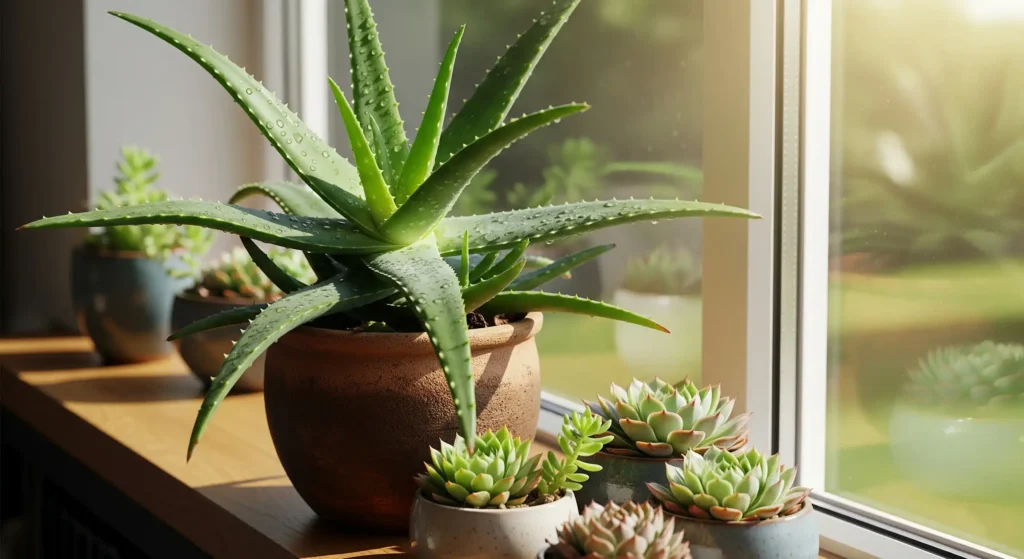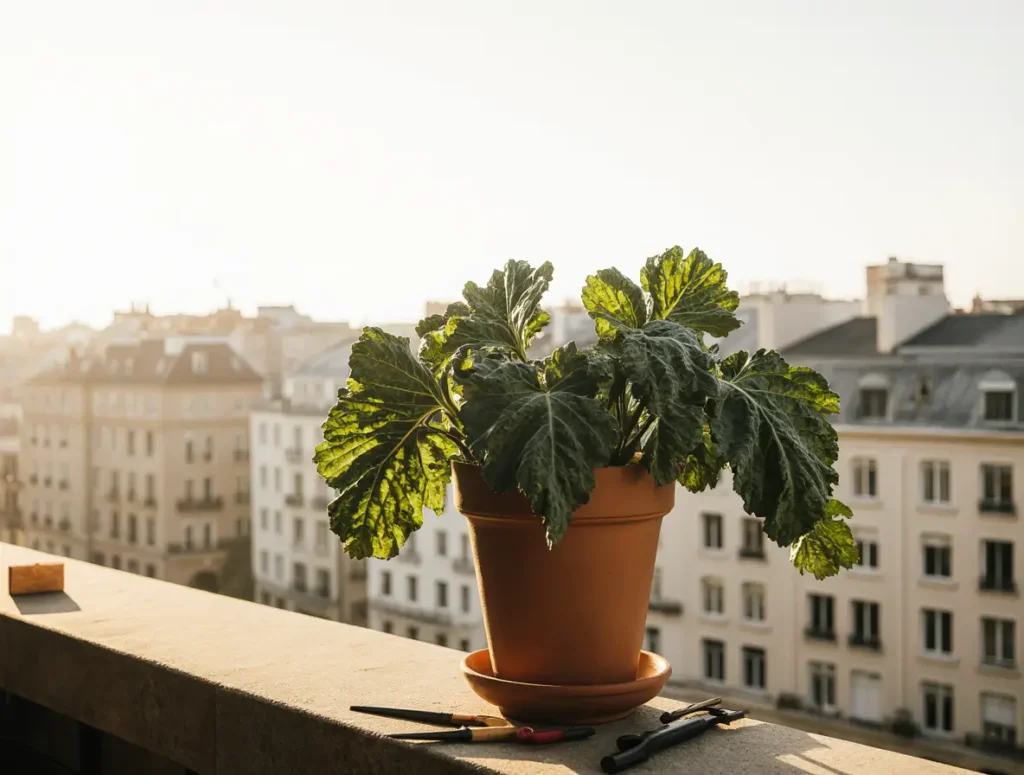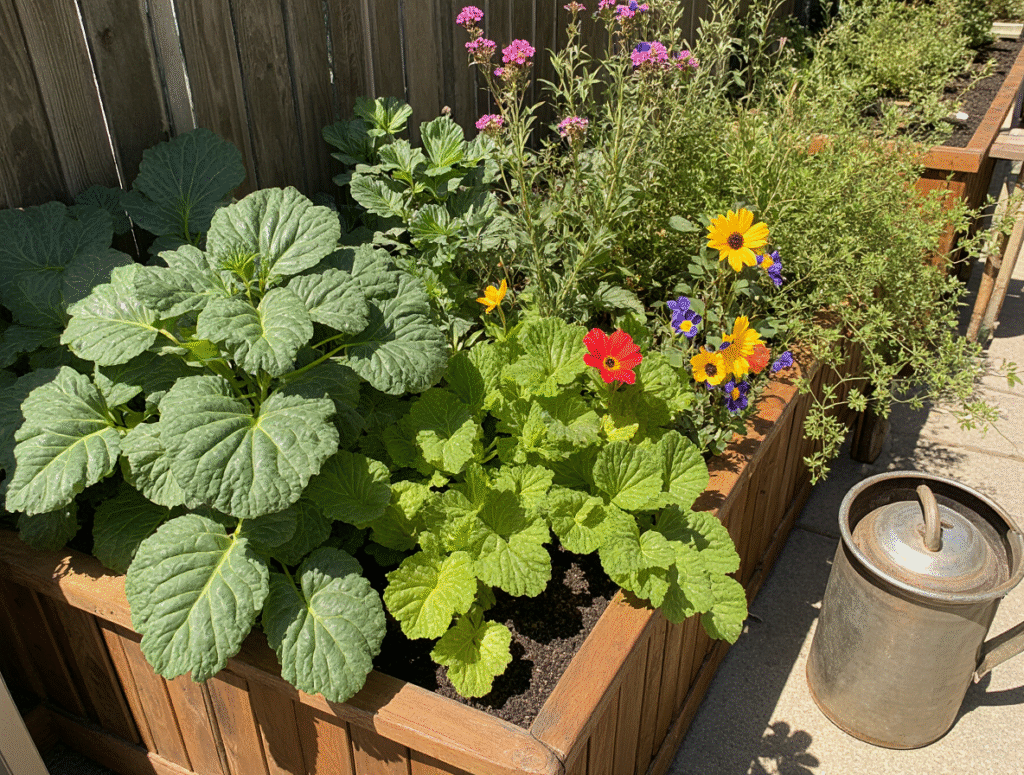
How to Grow Zucchini Successfully in Your Garden
If you’re looking to learn how to grow zucchini, you’re in for a treat. This versatile summer squash is not only easy to cultivate but also incredibly productive, making it a favorite among gardeners. Whether you’re a beginner or a seasoned green thumb, this guide will walk you through everything you need to know about how to grow zucchini, from planting to harvesting. By the end, you’ll have all the tools to grow zucchini like a pro and enjoy a bountiful harvest.
Why Grow Zucchini?
Zucchini is a warm-season crop that thrives in most climates. It’s fast-growing, low-maintenance, and produces an abundance of fruit throughout the summer. Plus, zucchini is incredibly versatile in the kitchen—think zucchini bread, grilled zucchini, or even zucchini noodles. Growing zucchini in your garden ensures you have a fresh, organic supply right at your fingertips.
How to Grow Zucchini: Step-by-Step Guide
- Choosing the Right Variety
Before you start growing zucchini, it’s important to choose the right variety for your garden. Zucchini comes in several types, including:
- Green zucchini: The classic variety with dark green skin.
- Yellow zucchini: Bright yellow and slightly sweeter.
- Round zucchini: Perfect for stuffing.
- Striped or ribbed varieties: Adds visual interest to your garden.
If space is limited, opt for compact or bush varieties. For larger gardens, vining types can be trained to grow vertically on trellises.
- Preparing Your Garden for Growing Zucchini
Zucchini thrives in warm, sunny conditions. Here’s how to prepare your garden:
Soil Requirements
- Zucchini prefers well-draining, fertile soil with a slightly acidic to neutral pH (6.0–7.0).
- Enrich the soil with compost or aged manure to provide essential nutrients.
Sunlight
- Choose a location that receives at least 6–8 hours of full sun daily.
- Shelter plants from strong winds to protect them and encourage pollination.
Spacing
- Plant zucchini seeds or seedlings 2–3 feet apart to allow for growth.
- If growing vertically, space plants 1–2 feet apart.
- Planting Zucchini
Timing is crucial when growing zucchini. Follow these steps for successful planting:
When to Plant
- Wait until the soil temperature reaches at least 65°F (18°C).
- In most regions, this means planting after the last frost date in spring.
How to Plant
- Direct Sowing: Plant seeds 1 inch deep and 2–3 inches apart. Thin seedlings to the strongest ones once they sprout.
- Transplanting: Start seeds indoors 2–4 weeks before the last frost. Transplant seedlings outdoors once the soil is warm.
- Mound Planting: Create small mounds of soil and plant 3–4 seeds per mound. This improves drainage and warms the soil faster.

- Caring for Your Zucchini Plants
Growing zucchini requires consistent care to ensure healthy plants and a bountiful harvest.
Watering
- Zucchini needs about 1 inch of water per week.
- Water deeply at the base of the plant to encourage strong root growth. Avoid wetting the leaves to prevent fungal diseases.
Mulching
- Apply a layer of mulch (straw, compost, or wood chips) around the plants to retain moisture and suppress weeds.
Fertilizing
- Feed your zucchini plants with a balanced fertilizer (10-10-10) every 3–4 weeks.
- Side-dress with compost or aged manure when the first blooms appear.
Pollination
- Zucchini plants produce both male and female flowers. Bees are essential for transferring pollen between them.
- If bees are scarce, hand-pollinate by brushing a cotton swab or small paintbrush against the male flower and transferring pollen to the female flower.
- Growing Zucchini in Containers
Don’t have a garden? No problem! You can grow zucchini in containers:
- Choose a large pot (at least 14 inches in diameter) with drainage holes.
- Use high-quality potting mix and plant 1–2 seeds per container.
- Water regularly and fertilize every 2–3 weeks.
- Common Problems and Solutions
Even with the best care, growing zucchini can come with challenges. Here’s how to tackle common issues:
Pests
- Squash Bugs: Remove eggs and adults by hand or use insecticidal soap.
- Squash Vine Borers: Wrap the base of the stem with foil or use row covers to prevent egg-laying.
Diseases
- Powdery Mildew: Spray leaves with a mixture of 1 part milk to 3 parts water to prevent this fungal disease.
- Blossom-End Rot: Caused by calcium deficiency or uneven watering. Maintain consistent soil moisture and add calcium-rich amendments if needed.
- Harvesting Zucchini
The best part of growing zucchini is harvesting your homegrown produce. Here’s how to do it right:
When to Harvest
- Zucchini is ready to harvest when it’s 6–8 inches long and the skin is glossy.
- Don’t wait too long—oversized zucchini can be tough and less flavorful.
How to Harvest
- Use a sharp knife or pruning shears to cut the fruit from the vine, leaving a small stem attached.
- Harvest regularly to encourage continuous production.
Storing Zucchini
- Store unwashed zucchini in a plastic bag in the refrigerator for up to 10 days.
- Freeze zucchini by blanching and storing in airtight containers for up to 3 months.
Tips for Maximizing Your Zucchini Harvest
- Succession Planting: Plant new seeds every 2–3 weeks for a continuous harvest.
- Companion Planting: Grow zucchini alongside beans, corn, or marigolds to deter pests and improve growth.
- Pruning: Remove dead or diseased leaves to improve air circulation and reduce the risk of disease.

Delicious Ways to Enjoy Your Zucchini Harvest
Once you’ve mastered growing zucchini, it’s time to enjoy the fruits of your labor. Here are some ideas:
- Zucchini Bread: A classic way to use up excess zucchini.
- Grilled Zucchini: Toss slices with olive oil and herbs for a quick side dish.
- Zucchini Noodles: A healthy alternative to pasta.
- Stuffed Zucchini: Fill halved zucchini with cheese, herbs, and breadcrumbs for a tasty meal.
Final Thoughts on Growing Zucchini
Growing zucchini is a rewarding experience that yields delicious results. With the right care and attention, you can enjoy a steady supply of fresh zucchini all summer long. Whether you’re growing zucchini in a garden bed or a container, this guide has everything you need to succeed.
FAQ: Growing Zucchini
Here are answers to some of the most common questions about growing zucchini:
- Do Zucchini Plants Need to Climb?
Most zucchini varieties are bush types and don’t require climbing. However, vining varieties can be trained to grow vertically on trellises or supports to save space. If you’re growing zucchini in a small garden or container, vertical growth can be a great option.
- What Not to Plant Near Zucchini?
Avoid planting zucchini near potatoes, as they compete for nutrients and can attract similar pests. Additionally, keep zucchini away from other members of the squash family (like pumpkins or cucumbers) to reduce the risk of cross-pollination and disease spread.
- Should You Trim Zucchini Leaves?
Trimming zucchini leaves can improve air circulation and reduce the risk of fungal diseases like powdery mildew. However, only remove damaged or diseased leaves, as healthy leaves are essential for photosynthesis and fruit production.
- Should I Cut the Yellow Leaves Off My Zucchini Plant?
Yes, yellow leaves are often a sign of stress, disease, or nutrient deficiency. Removing them helps the plant focus its energy on healthy growth and fruit production. Be sure to use clean, sharp tools to avoid spreading disease.
- How to Keep Bugs Away from Zucchini?
To protect your zucchini plants from pests:
- Use row covers to prevent insects like squash bugs and vine borers.
- Handpick pests and eggs from leaves and stems.
- Introduce beneficial insects like ladybugs or plant companion plants like marigolds to deter pests.
- Apply organic insecticides like neem oil or insecticidal soap if infestations are severe.
By addressing these common questions, you’ll be better equipped to grow zucchini successfully and troubleshoot any issues that arise. Happy gardening!
You Might Like




